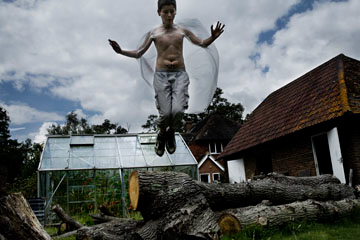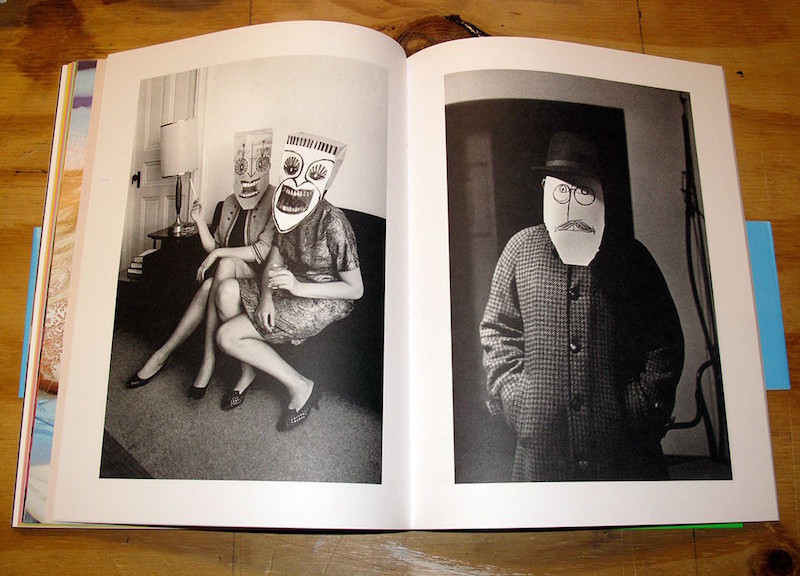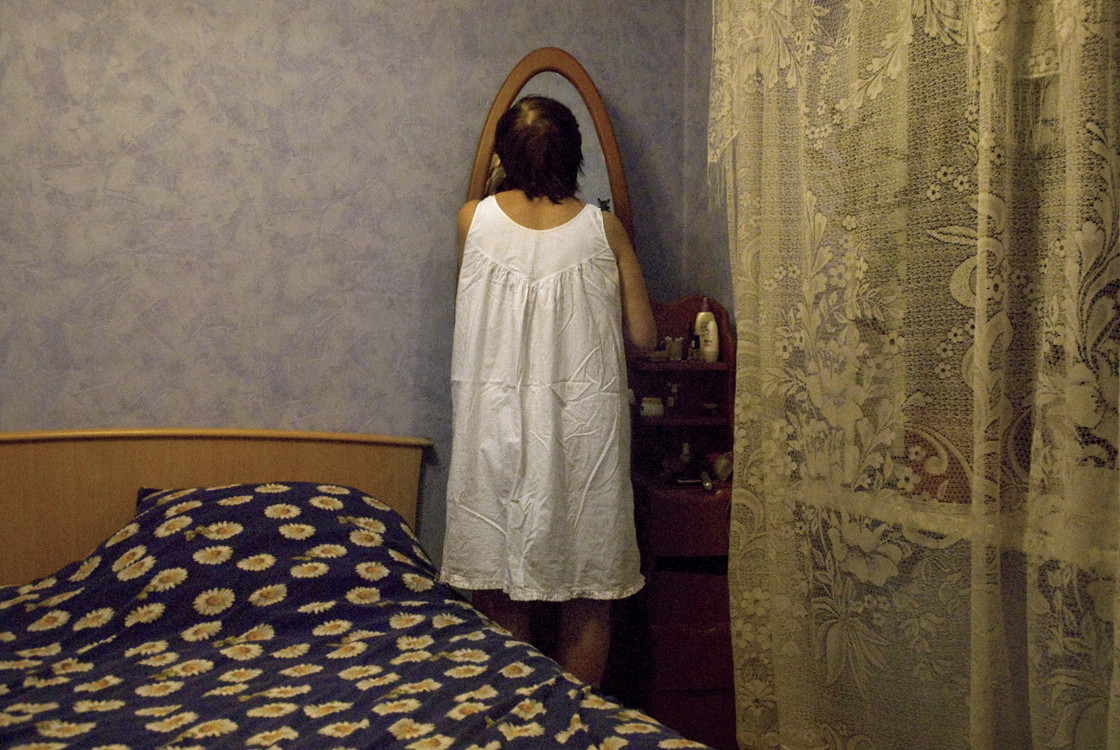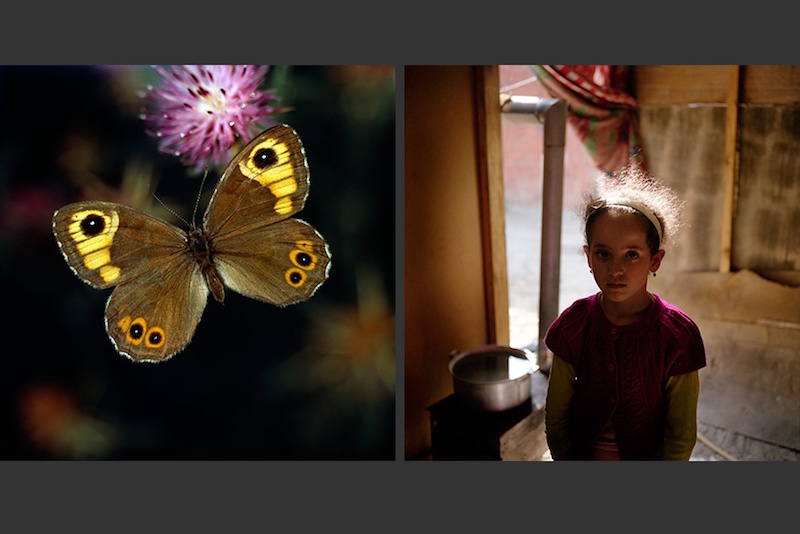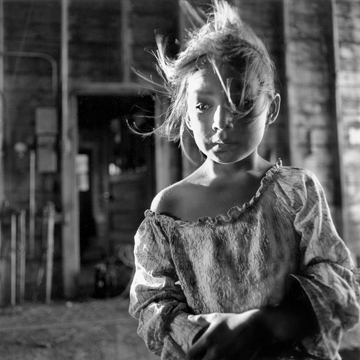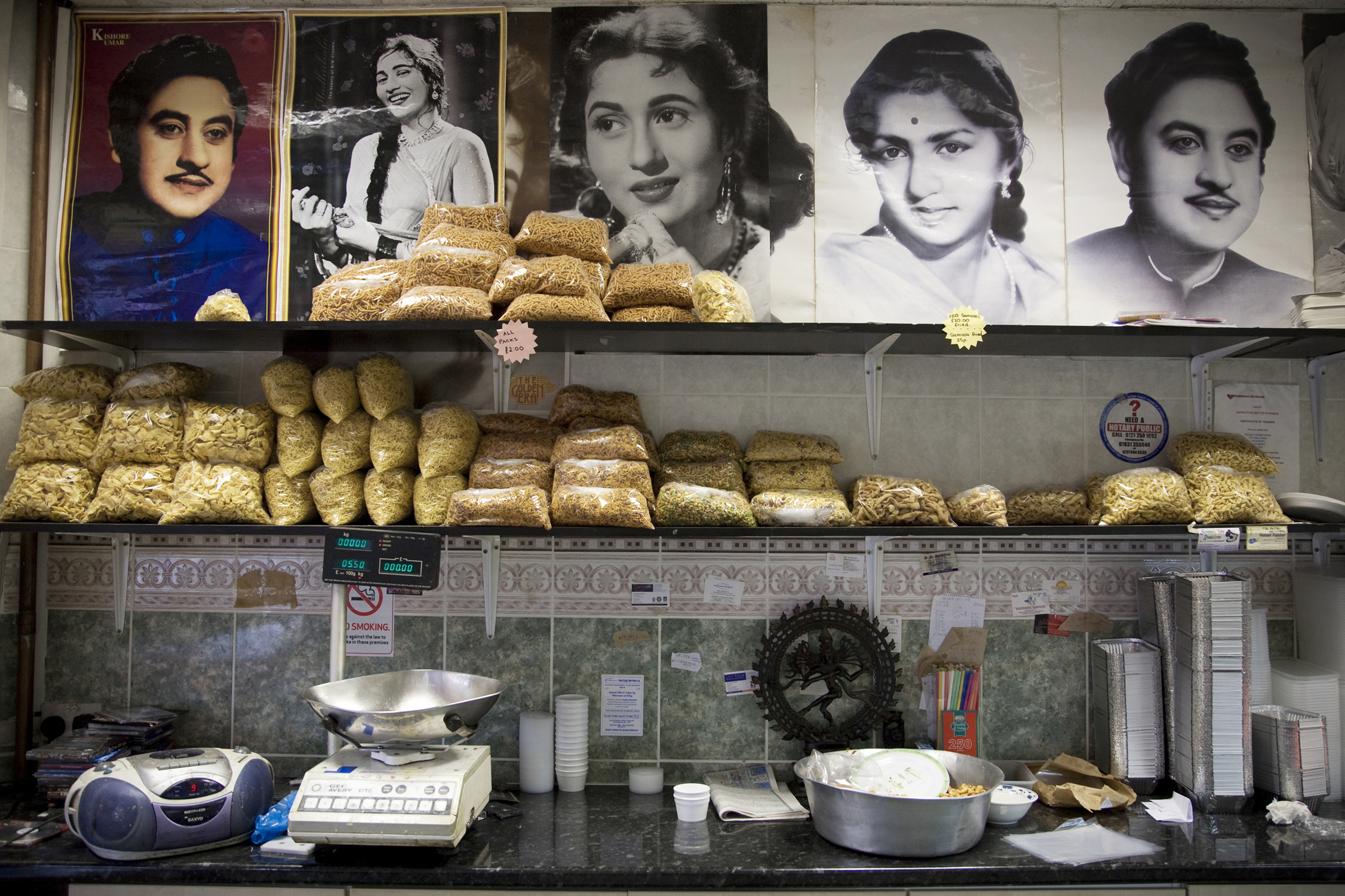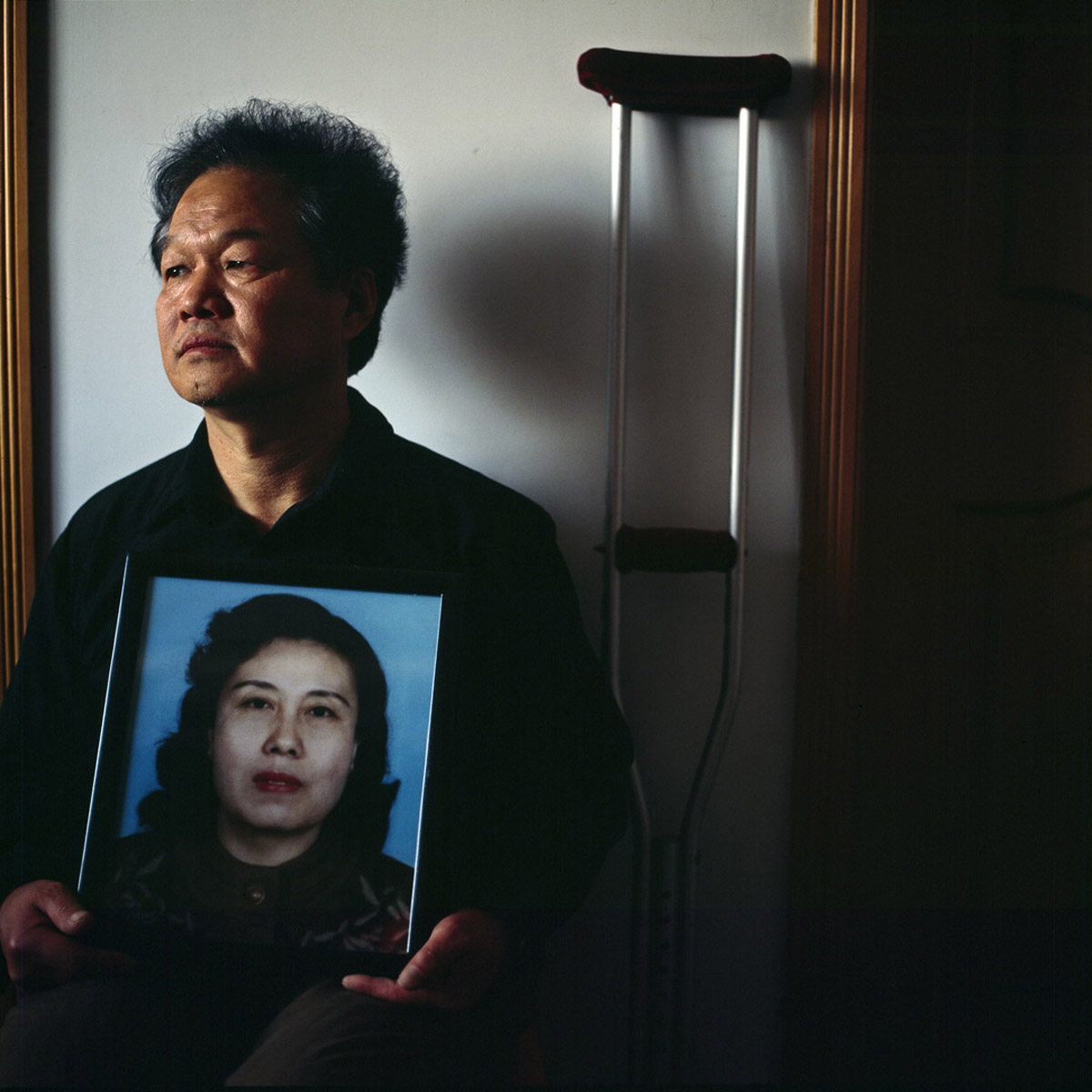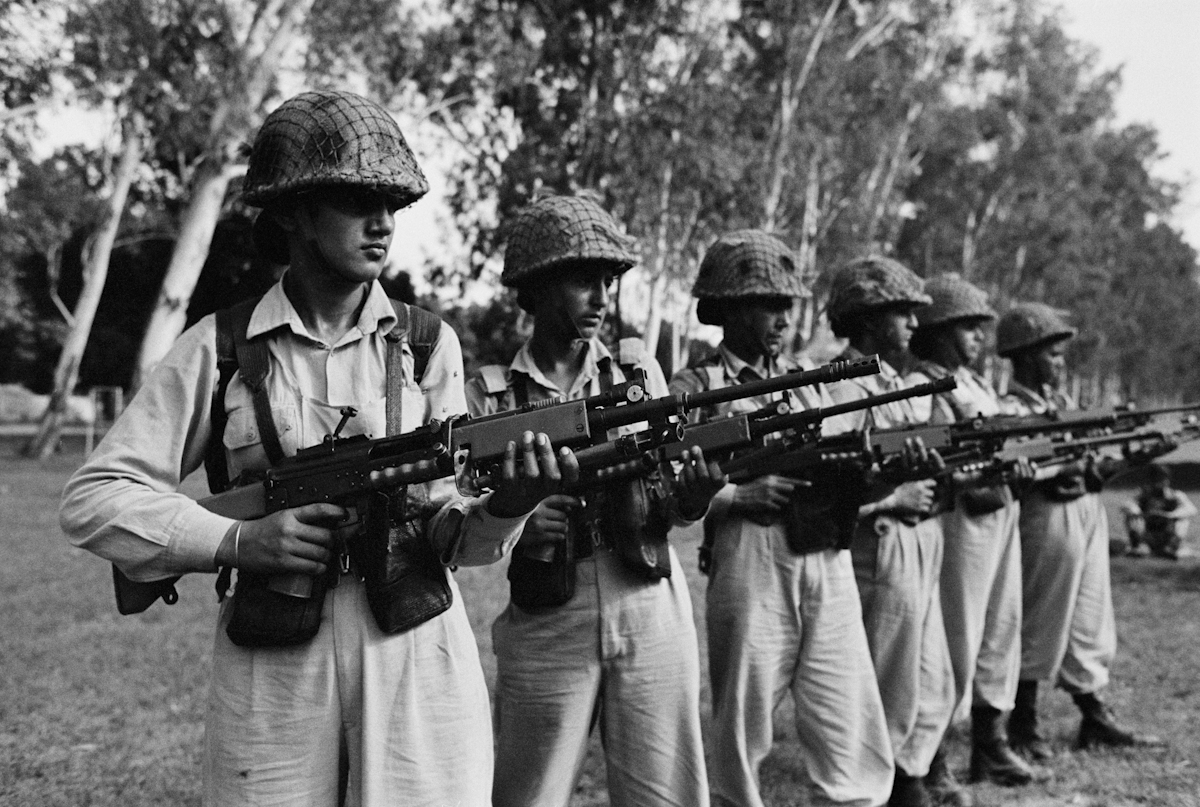The Inge Morath Award, 2011
 The Magnum Foundation and the Inge Morath Foundation announce the tenth annual Inge Morath Award. The annual prize of $5,000 is awarded by the Magnum Foundation to a female documentary photographer under the age of 30, to support the completion of a long-term documentary project. One award winner and up to two finalists are selected by a jury composed of Magnum photographers.
The Magnum Foundation and the Inge Morath Foundation announce the tenth annual Inge Morath Award. The annual prize of $5,000 is awarded by the Magnum Foundation to a female documentary photographer under the age of 30, to support the completion of a long-term documentary project. One award winner and up to two finalists are selected by a jury composed of Magnum photographers.
Inge Morath was an Austrian-born photographer who was associated with Magnum Photos for nearly fifty years. After her death in 2002, the Inge Morath Foundation was established to manage Morath’s estate and facilitate the study and appreciation of her contribution to photography. Because Morath devoted much of her enthusiasm to encouraging women photographers, her colleagues at Magnum Photos established the Inge Morath Award in her honor. The Award is now given by the Magnum Foundation as part of its mission of supporting new generations of socially-conscious documentary photographers, and is administered by the Magnum Foundation in collaboration with the Inge Morath Foundation.
Past winners of the Inge Morath Award include: Lurdes R. Basolí (Spain, ’10) for Caracas, The City of Lost Bullets and Claire Martin (Australia, ’10) for Selections from The Downtown East Side and Slab City; Emily Schiffer (US, ’09) for Cheyenne River; Kathryn Cook (US, ’08) for Memory Denied: Turkey and the Armenian Genocide; Olivia Arthur (UK, ’07) for The Middle Distance; Jessica Dimmock (US, ’06) for The Ninth Floor; Mimi Chakarova (US, ’06) for Sex Trafficking in Eastern Europe; Claudia Guadarrama (MX, ’05) for Before the Limit; and Ami Vitale (US, ’02), for Kashmir.
Deadline:
All submissions must be postmarked or delivered by April 30th, 2011.
Form of Submission:
– Images should be sent as a PDF document ONLY (no Quicktime, Powerpoint, or HTML files will be accepted).
– Please do NOT format your document as a slideshow; we’ll do that for you. Also, please do not password-protect your file.
– A subfolder with the individual image files must accompany the PDF file.
– All submissions must consist of work done solely by the submitting photographer.
Required Support Material:
– Printed project description.
– Printed Curriculum Vitae (maximum three pages) including name, email address, telephone number, and mailing address.
– Photocopy or scan of ID clearly showing date of birth. Applicants must still be under the age of 30 before April 30th, 2011.
– Photographers represented by Magnum Photos and their immediate relatives are not eligible.
Image File Specifications:
– 40 – 60 images (1200 pixels on the longest side @ 150 DPI saved as a Jpeg compression at 8 minimum).
In the subfolder containing individual images, please use numbered filenames indicating the image sequence, with the number coming first in the file name and then last name; for example: 01_Smith, 02_Smith, 03_Smith etc. (use only two digit numbers; 01, 02, 03, etc.). The first page of your document should show your name and the title of your project, if any.
– Please label your CD with your name and contact information before sending it, and please test the CD to ensure that both it and your slideshow are functional.
Mail or Digital Submission:
Submissions may be sent on CD by mail to the address below.
Alternately, if you wish to submit your files digitally, using a service such as Yousendit, please direct your submission to [email protected]. It is highly recommended that anyone using a digital delivery service contact the Inge Morath Foundation to directly confirm that your submission has been received. (Please do NOT contact Magnum.)
Return of Submissions:
Submissions that are not accompanied by a self-addressed stamped envelope will not be returned. Applicants waive any claims for loss of or damage to their submissions.
Announcement of Winner:
July 2011 on the web sites of the Magnum Foundation and the Inge Morath Foundation.
Fine Print:
Applicants grant the Magnum Foundation a license to reproduce, display and distribute their submissions solely in connection with the administration and judging of the Inge Morath Award, including on the Magnum Foundation website and the Inge Morath Foundation website.
Winners of the Inge Morath Award agree that any future publication, exhibition or display of the funded project shall credit the Inge Morath Award and the Magnum Foundation.
Upon completion of the funded project, a final (digital) copy must be provided to the Magnum Foundation. The Foundation, in furtherance of its charitable purposes, may, in the future, (1) display the project on its website and make it available for display on the website of the Inge Morath Foundation; and (2) publicly display the project (or excepts from it) in connection with exhibitions or promotional materials related to the Inge Morath Award. The Foundation will credit the artist as the author and copyright holder of her photographs.
Winners may be required to provide additional identifying information prior to receiving payment.
Send Submissions To:
Inge Morath Award
c/o The Magnum Foundation
151 West 25th Street, 5th Floor
New York, NY 10001 USA
For Further Information:
IM Foundation Contact Info

